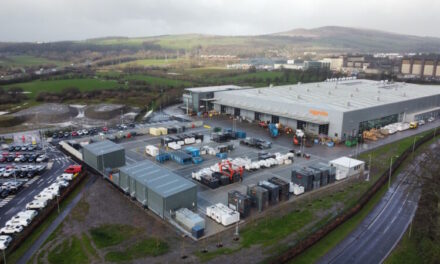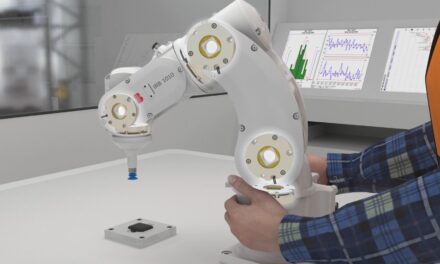The price of steel has been steadily rising since 2020, with events such as Brexit, Covid-19 and the conflict in Ukraine impacting steel production. The rising price of steel has added pressure to industries like rail, construction and automotive, delaying projects and reducing profit margins. Here Alan Jackson, operations director of supply chain specialist TFC, shares insight into the current market.
According to CRU Group, the increase in steel prices was first noticeable in 2020, with a jump of around seven and a half per cent. Steel production was hit severely by Covid-19 when demand exceeded faster than supply could be restocked. China is the largest steel producer in the world and the additional lockdowns in 2021 impacted supply and gave rise to competitors in other countries such as Turkey, India and Ukraine. To keep production running, some manufacturers started stockpiling steel, increasing both demand and costs further.
Steel prices have been further impacted by the situation in Ukraine, the world’s eighth largest producer and third largest exporter of iron. The current war with Russia has limited the use of Ukrainian iron for steel production, causing a domino effect on the global steel market and supply chain. In March 2022, British Steel increased prices by a record 25 per cent — £250 per tonne — the highest one-off increase to date. British Steel added that it could not provide price guarantees for production beyond mid-April due to rising costs, reflecting the market’s current supply chain uncertainty. Rising energy prices could also be compounding the issue.
What does this mean for the industry?
The steel price rise has affected businesses across all industries. While in 2021, CRU predicted the construction industry would be positioned as one of the most powerful sectors to rebound post-pandemic, the rise will make it even harder to keep up with demand, secure sufficient stock and deliver projects on time and within budget. In railway construction, for example, costs are likely to shoot up for the new HS2 high-speed railway line.
Steel is ubiquitous in automotive manufacturing, making up a large percentage of most vehicles. The dramatic impact on the price of nickel, a key component of stainless steel, has been another concern for the automotive market. The Society of Motor Manufacturers and Traders said the “immediate future was unclear” and that uncertainty over future supply has increased the cost of other materials in the automotive supply chain, including aluminium and palladium.
Dealing with the price hike
History tells us that prices cannot increase forever, but businesses can still make lasting improvements to supply chain management when addressing current challenges.
“This is a learning experience, and risk management, building up network resiliency and business continuity management are not just a necessary exercise,” said Sam New, senior principal analyst for supply chain research at Gartner, about the supply chain challenges caused by the Ukraine war. “If done properly, they can be a source of competitive advantage for an organisation. Instead of a check-the-box exercise, this can be a strategic component in an annual operating plan. And what better way to test and learn than in a real crisis?”
Now could be the time to identify alternative materials to help lessen the materials shortage and reduce costs, while improving or at least maintaining product performance. For example, this includes using alternatives to steel, such as fibreglass, in suitable applications.
Businesses are also making positive changes to increase supply chain visibility. Investing in digital technologies to boost resilience can also offer more reassurance, which is a major benefit during this time of uncertainty. Technology can give production managers complete visibility of stock levels, reduce waste and enable better forward planning. Alternatively, businesses are turning to experienced supply chain partners who have strong relationships with a large portfolio of suppliers and may be able to source stock at better prices, leveraging the larger buying power of a supply chain business.
With the market currently in a state of flux, manufacturing businesses across all sectors have an opportunity to improve their design, manufacturing and procurement to cope with current challenges, and better equip themselves for the future.




